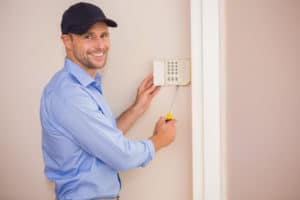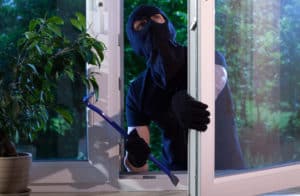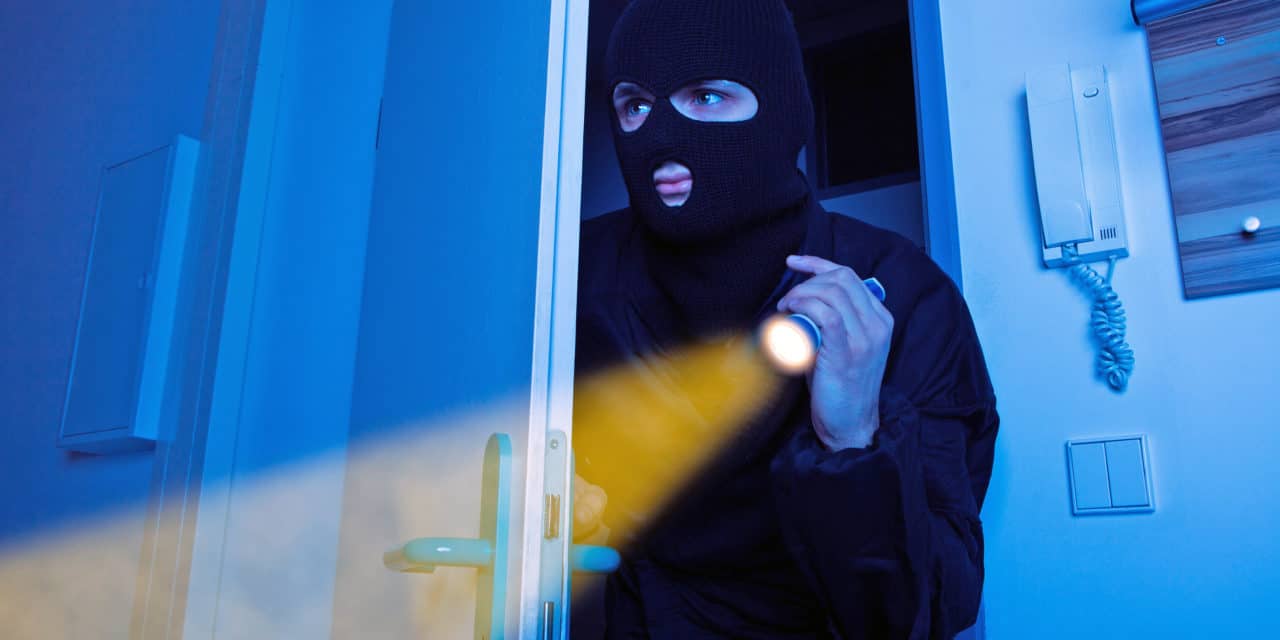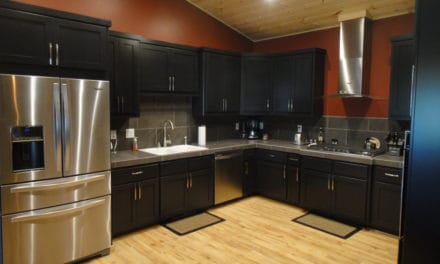Burglar Proofing Your Home
By Koda Steinbeck
Ask yourself: how easy would it be for you to get into your house if you were locked out? Burglars tend to think the same way.
In 2012, there were an estimated 2,103,787 burglaries (746 per 100,000 people) in the United States, based on the latest figures.
The US leads the world in burglaries, which are on the rise, with about four burglaries occurring every minute; that’s one every 15 seconds!
According to FBI statistics, around 60 percent of burglars used forcible entry to gain access to a home, and a surprising 30 percent entered homes through an unlocked door or window.
Victims of burglary suffered an estimated $4.7 billion in property losses in 2012, with an overall average dollar loss of $2,230.
The US Bureau of Justice statistics reports that a household member was home in approximately 28 percent of burglaries, with the resident suffering some form of violence seven percent of the time.

What can homeowners do to prevent burglaries?
There are a number of measures that homeowners can take to ensure that their homes are more resistant to burglaries.
One study found that burglars overwhelmingly avoid homes with security systems and choose instead easier targets.
Roughly 25 percent of burglars cut telephone or alarm wires before they broke into homes, the FBI reports, so it’s a wise investment to consider the benefits of a wireless home security system as an alternative. Another good safeguard is fortifying home entrances with security cameras and motion detectors that set off alarms when intruders enter.
Many insurance companies offer discounts on homeowner policies on homes with a security system installed. The savings can pay for your system in just a short time.
Even without a security system installed, posting security alarm stickers around the house can act as a deterrent.
Trained dogs are excellent home guardians. For those without dogs, place “Beware of Dog” signs around the yard for nearly the same effect.
About 33 percent of intruders enter through the front of the house, particularly if the home is outfitted with an old wood door that’s hollow, which are exceptionally easy to kick in.
Replace front and back doors with new, solid wood or metal clad doors that are much harder to beat down.
Doors should not be equipped with glass panes that burglars can smash through to unlock the door.
To protect doors, add a quality deadbolt lock made of hardened steel, in additional to the regular doorknob lock. This goes for the back door as well. Chain locks are not adequate substitutes for deadbolt locks, but provide some extra protection while the owner or renter is inside the home.
If a mail slot is present, burglars can insert a device made of wire and use it to open the lock from the inside, if no box or cage is installed to prevent it.
Some burglars use their children to enter pet doors to get inside. Electronic pet doors are available that open only when pets enter equipped with an electronic device on their collar.
A peephole should be installed in doors so homeowners at home can check before they open the door.
Windows can be secured using a piece of wood cut to size and laid into the window track to prevent it from being forced opened.
Protect windows with bars or grilles that are also equipped with a quick-release mechanism so occupants can quickly escape during a fire.
Consider planting cacti or shrubs in front of windows to make it harder for burglars to break in. But trim as necessary so that burglars can’t use the vegetation for cover.
Extra keys should never be concealed near the door, such as under a doormat, rock or inside a planter. Burglars are well versed in finding keys that homeowners believe are cleverly hidden. Provide a spare key to a trusted neighbor instead.
For many years, locksmiths have utilized tools to bypass pin and tumbler locks for legal purposes using specially cut keys, known as bump keys (formerly called skeleton keys) that can defeat conventional pin and tumbler locks. A bump key must correspond with the target lock in order to function correctly.
Burglars can easily purchase bump keys from many hardware stores or online for nefarious purposes that work quickly to open regular lock mechanisms.
There are products that can be installed to prevent ‘bumping’ by ensuring that the knob on a deadbolt cannot be turned from the outside regardless of bump keys, lock picking tools, or even a stolen key. But these products are designed solely for when the occupant is inside the house, and cannot be employed when away from home.
Installing a high security push-button combination lock on your doors, rather than a key system, is your best defense against bump keys.
Because burglars prefer darkness, all four sides of the house should be illuminated with lighting that is activated by motion sensors.
When the house is left vacant, consider leaving on a stereo or TV so burglars think someone is home. A few lights should also be left on.
Ask neighbors to keep an eye on your house when away on vacation.
When a homeowner is on vacation, a vehicle parked in the driveway — perhaps a neighbor’s car — make it appear as if someone is home.
Burglaries are alarmingly hard to solve, according to police. On average, police only make arrests in about 13 percent of all burglaries, and recovering victim’s property is even less likely to occur.
To keep unwanted intruders out of your home, you don’t have to turn your property into a penitentiary. There are many solutions that require little or no money at all — just a little planning and a commitment to protect your belongings and peace of mind.













